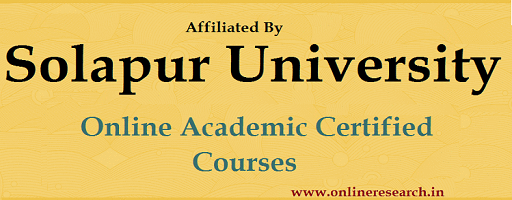| Article Details : |
|
| | | Article Name : | | | Semantic Classification of Gojri Compounds
| | Author Name : | | | BADAR ZAMAN, M.A.
| | Publisher : | | | Bridge Center | | Article URL : |  | | | Abstract : | | | This research is an attempt to classify Gojri compounds
semantically. Qualitative descriptive approach is used for this study as
the collected data is analyzed qualitatively. The available sources like
radio programs, Gojri literature, personal observations and discourse
centered methods are used for collecting data. This study reveals that
different semantic bonds exist between the components of compound
words in Gojri. Ten semantic classes of NN compounds occur in Gojri.
These semantic classes are possession, kinship, source, purpose,
instrument, temporal, part-whole, whole-part, part-part and
opposition. The relational study of AA compounds indicates that
synonyms and antonyms semantic classes exist in AA compounds.
Source-result semantic classes also occur in AN compounds. The
semantic class location is present in AN compounds that is further sub
classified as place of origin-animate and place of origin-object.
Attribute-entity class is present in AN compounds and it is further subcategorized into attribute-animate, attribute-inanimate and attributeabstract thing. Part-part semantic class is the most productive
semantic class in Gojri. The semantic classes, purpose, instrument,
temporal, possession and material product are not productive in Gojri.
Girju’s (2007) inventory is used as a framework for the analysis of
Gojri compounds. Some semantic relationships are given according to
Girju’s (2007) semantic inventory as some Gojri compounds are
different to that of English. For instance, habitant-habitat, kinship,
source, source-result, result-source, material-product, purpose,
instrument, temporal, part-whole semantic relationships are found in
Gojri according to Girju’s (2007) inventory. On the other hand there are some Gojri compounds which do not belong to the Girju’s (2007)
inventory. For example the semantic classes, whole-part, part-part and
opposition are only found in Gojri. | | Keywords : | | | Gojri Compounds, Classes, Semantic Relations |
|
|
|
|
|
|

|
| Announcements
|
- Volume 9, issue 5, August issue - publishing in progress
- Volume 9, Issue 2/ May 2021 publishing IN PROGRESS
- Call for Papers: open. Articles will be uploaded constantly, once the evaluation process is complete.
- The Certificates of Publication can be downloaded from RECEIVED ARTICLES section.
- COVER - VOLUME 2, ISSUE 12 / MARCH 2015
- COVER - VOLUME 3, ISSUE 2 / MAY 2015
- COVER - VOLUME 3, ISSUE 3 / JUNE 2015
- COVER - VOLUME 3, ISSUE 4 / JULY 2015
- COVER - VOLUME 3, ISSUE 8/ NOVEMBER 2015
- COVER - VOLUME 4, ISSUE 4 / JULY 2016
- COVER - VOLUME 4, ISSUE 5 / AUGUST 2016
- COVER - VOLUME 7, ISSUE 11/ FEBRUARY 2020
- Volume 9, issue 3, June 2021 publishing in progress
|
|
|
| New Launched Project |
 |
|
|
| Recommend & Share
|
|